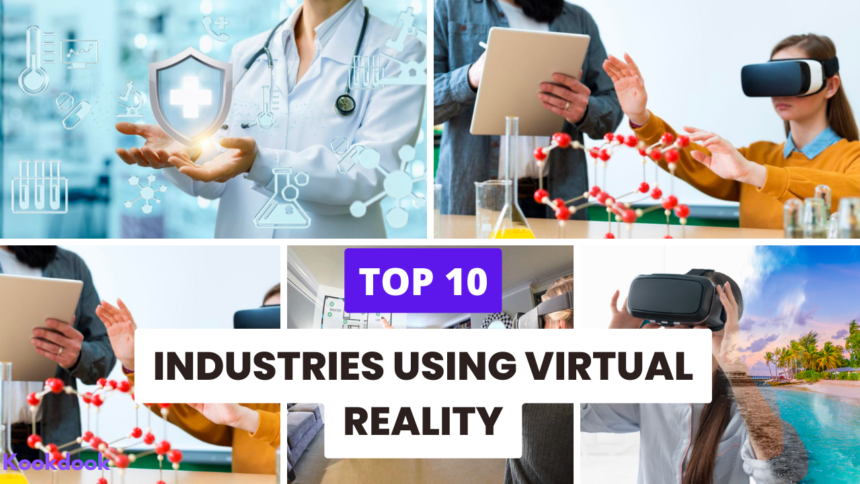Have you ever dreamed of altering your perception of the world? Perhaps exploring distant galaxies or diving into the mysterious depths of the ocean? Although accomplishing these feats in real life might seem challenging, with virtual reality, they become entirely attainable. You can now visit the Eiffel Tower in France, Stonehenge in England, the Taj Mahal in India, all from the comfort of your own room! Virtual reality extends far beyond sightseeing; nearly every industry in the world has integrated VR in some capacity.
So, what exactly is Virtual Reality? It’s a cutting-edge technology that constructs immersive simulated environments. These virtual realms can be vastly different from our physical reality, yet they appear so real that you can interact with them as if you were truly there.
Let’s explore the remarkable applications of VR across different industries. From trying on clothes before making a purchase to learning geography by experiencing foreign countries firsthand, from previewing architectural designs to a plethora of other possibilities – virtual reality opens up a world of opportunities. Take a closer look at these incredible advancements in detail!
Healthcare:

In the field of healthcare, virtual reality (VR) offers innovative solutions that enhance patient care and medical procedures. VR technology allows healthcare professionals to practice procedures on virtual bodies, ensuring a higher level of precision and safety. One remarkable example is the AccuVein handheld scanner, which aids nurses in locating veins for injections. Moreover, VR is proving to be beneficial for mental health disorders like PTSD, providing Virtual Reality Immersion Therapy to help patients relax and manage their symptoms.
Education:

Virtual reality has revolutionized the education sector by creating immersive learning experiences. Students can now escape the monotony of traditional classrooms and explore interactive worlds. Platforms like Unimersiv provide engaging educational content, allowing students to delve into subjects like the human brain, anatomy, and dinosaurs. Teachers can utilize tools like Google Expeditions to take students on virtual field trips, bringing history, art, and other subjects to life in ways previously unimaginable.
Retail:
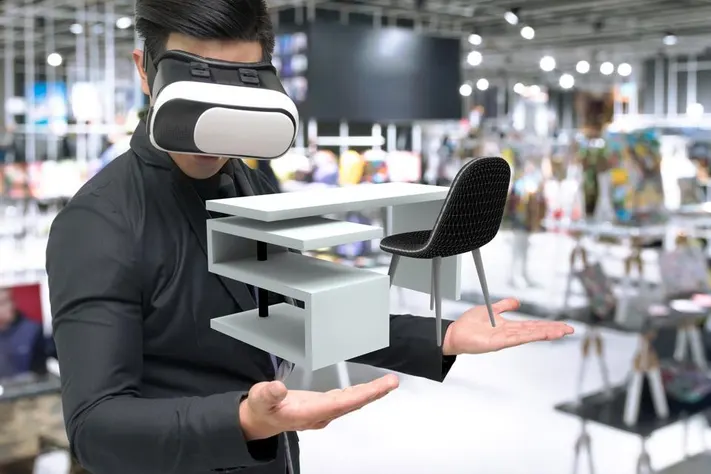
Virtual reality has transformed the retail landscape by enabling customers to virtually try on products before purchasing them online. E-commerce companies are utilizing VR to offer virtual fitting rooms, allowing customers to see how clothing and accessories look and fit without physically trying them on. For instance, Trillenium provides augmented reality solutions for trying out shoes, enhancing the online shopping experience. Collaborations like eBay and Myer’s VR Department Store have reshaped how consumers interact with products.
Tourism:
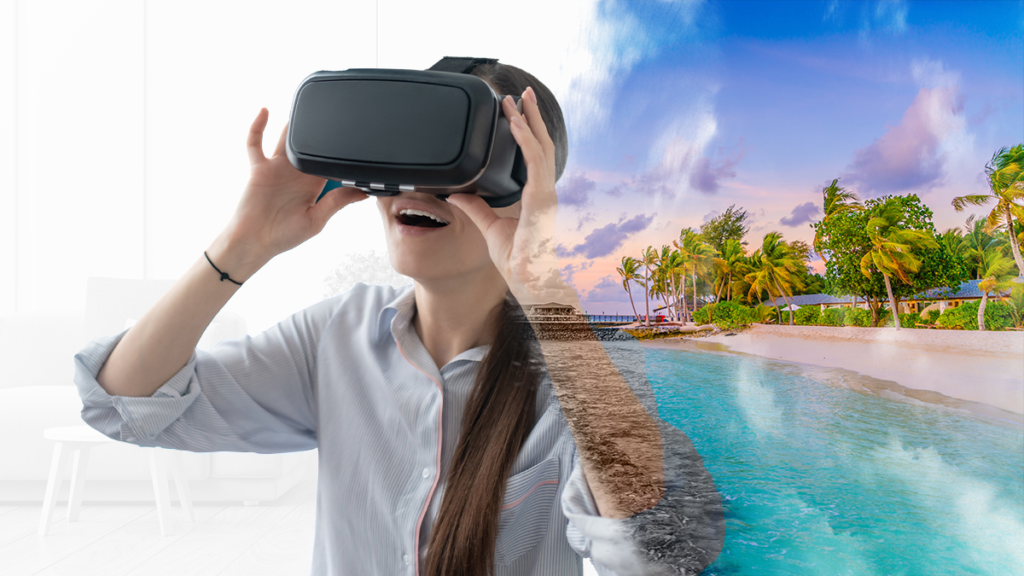
Virtual reality has redefined tourism by allowing individuals to explore destinations before physically traveling there. Through immersive VR films, companies like Thomas Cook and Visualise provide a glimpse of travel destinations, helping potential tourists make informed decisions. Additionally, Google Expeditions offer virtual tours of renowned landmarks and attractions, granting users the opportunity to become virtual tourists and experience the world from the comfort of their homes.
Real Estate:

In the real estate sector, virtual reality offers a game-changing approach to property exploration. Through VR walkthroughs provided by companies like Matterport, prospective buyers can virtually tour properties before deciding to visit them in person. This technology streamlines the house hunting process, enabling individuals to focus on properties that align with their preferences. Collaborations such as Matterport’s partnership with the New York Times showcase luxury real estate through immersive virtual reality tours.
Architecture:
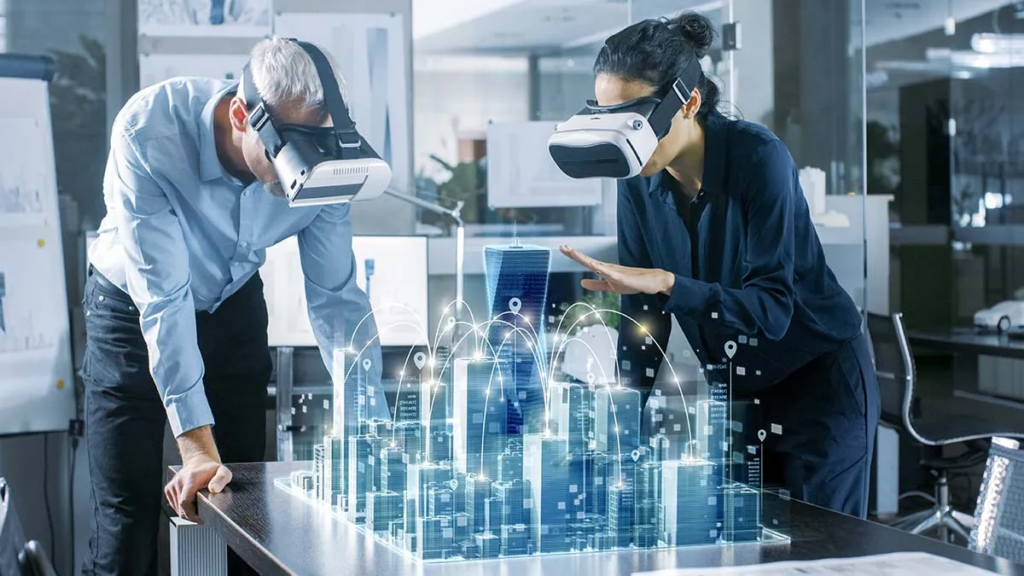
Virtual reality has become an indispensable tool for architects, offering a new dimension to design visualization. Architects can create immersive VR experiences that allow clients to step inside and explore their designs before construction begins. This transformative technology enhances communication and collaboration between architects and clients, enabling better-informed design decisions and reducing potential misunderstandings.
Artwork:

Artists are harnessing virtual reality to unlock new avenues of creativity. VR art applications like Tilt Brush empower artists to craft three-dimensional masterpieces, complete with dynamic brush strokes and special effects. For those inclined towards graffiti art, Kingspray Graffiti VR provides an immersive canvas for virtual spray painting in various urban environments. Virtual reality redefines artistic expression by merging technology and creativity.
Automobile Industry:

The automobile industry benefits greatly from virtual reality in the design and prototyping process. Luxury automobile companies like Ford, BMW, and Jaguar Land Rover utilize VR to create virtual prototypes of cars, allowing designers to visualize and refine their concepts before investing in physical prototypes. Virtual reality streamlines the design process, reduces costs, and accelerates innovation in the automotive sector.
Gaming:
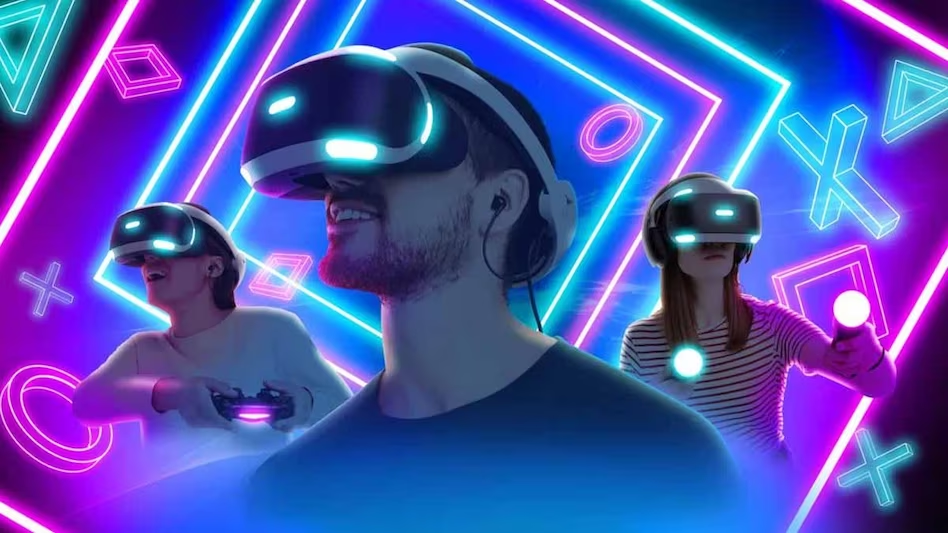
Gaming remains one of the most popular applications of virtual reality, offering players immersive experiences in diverse virtual worlds. Titles like Vader Immortal, Pistol Whip, and Iron Man VR provide thrilling gaming adventures that transport players to alternate realities. Even for non-gamers, VR exploration apps such as Titans of Space and Ocean Rift offer opportunities to explore the cosmos and dive into the depths of the ocean.
Military and Law Enforcement:

Virtual reality plays a crucial role in military and law enforcement training. Flight simulations in the air force and tactical training for the army are enhanced through VR technology. ScopeAR and VirTra are leading examples of companies that provide augmented reality and VR solutions for military and law enforcement training. These technologies enable officers to hone their skills and handle various scenarios in a safe and controlled virtual environment.
Virtual reality and augmented reality have permeated various industries, reshaping the way we experience and interact with the world. From healthcare and education to retail, tourism, and real estate, the applications of VR are diverse and transformative. These technologies continue to evolve, expanding their influence beyond the mentioned sectors into fields like film, sports, gambling, social media, marketing, and journalism. Embracing virtual reality allows individuals to explore new dimensions, fostering innovation and creativity across a wide spectrum of human endeavors.

